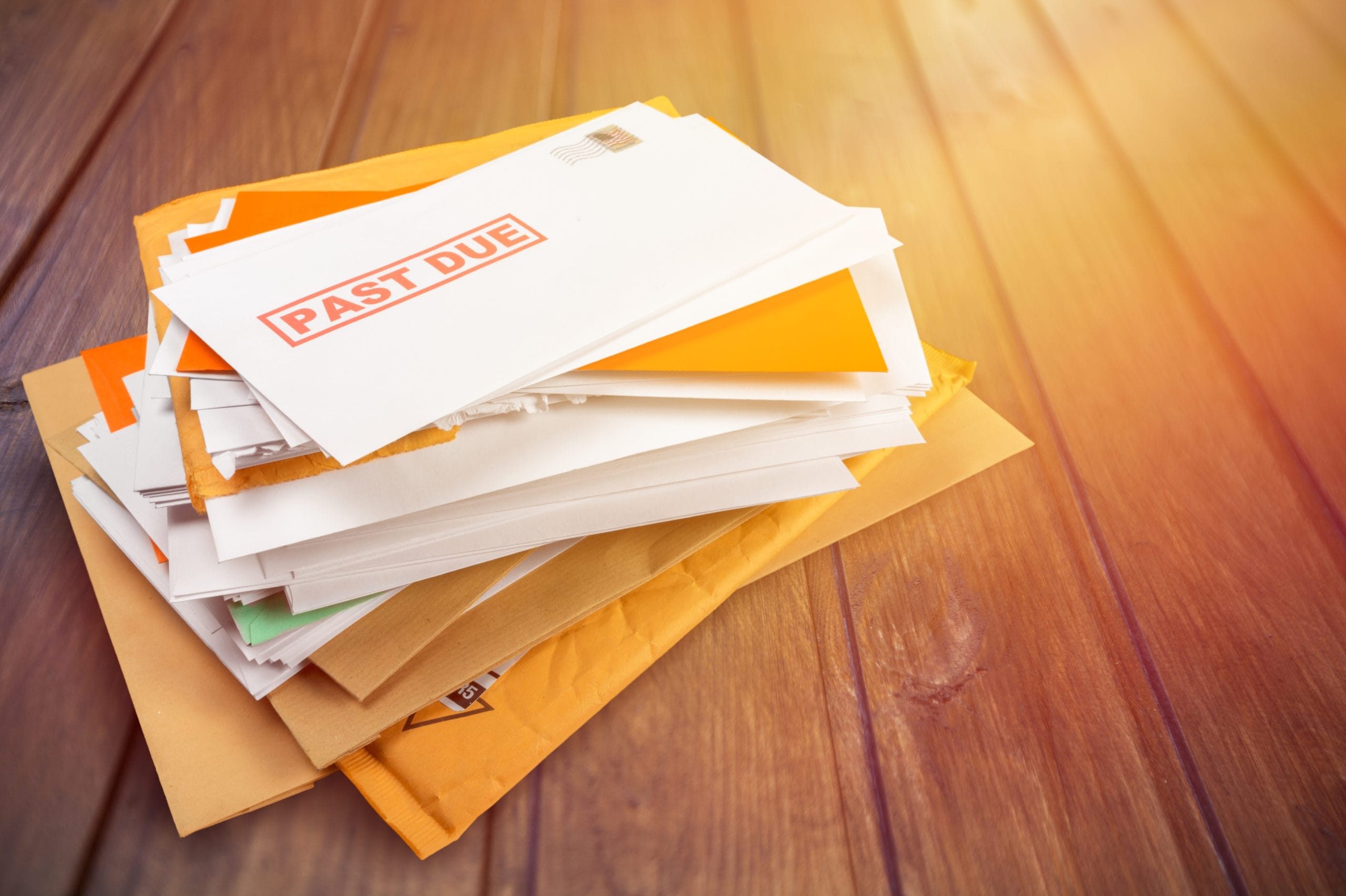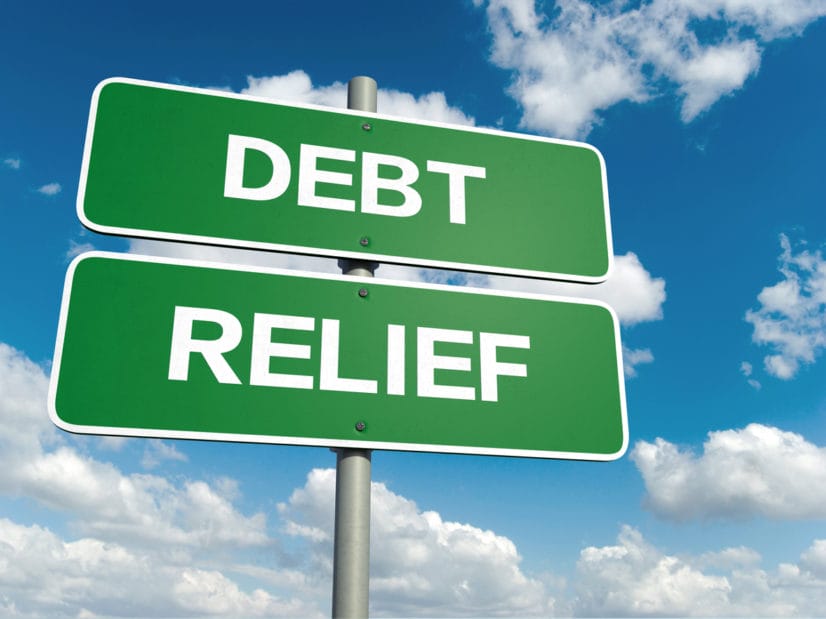The reality of unpaid debt is often much worse than it sounds since the fallout on company sustainability can eventually morph into an uncontrolled tailspin. Debtors rarely consider the macro effect of their unpaid balances on company ledgers because each delinquent account represents a small fraction of the whole. When long-term consequences are considered, however, each slice of the proverbial pie spells real trouble for a firm carrying high delinquency rates.
The problem is simply reduced cash flow early on, but each loss in the here and now has a corresponding negative future component that could slowly chip away at company resources and sustainability, and eventually lead to company cessation.
Monthly Expenses and Unpaid Loans
The discussion begins with a company’s ability to pay monthly operating costs including supplies, parts, fuel, utilities, insurance, janitorial services, rent/mortgage, property and sales taxes, insurance and outstanding credit lines covering principle and interest. What if the total unpaid debt to this company adversely affects its ability to pay one or more of these expenses?
The answer is that the company will begin receiving 30-day notices for past-due amounts that quickly decline into 60-day notices and later, serious delinquency. Other fallout may include eviction notices, leans for unpaid taxes, cash-on-delivery restrictions from vendors, and loss of insurance coverage. In the case of motor vehicles, loss of liability insurance will take trucks and company vehicles off the roads. Furthermore, companies paying only the minimum on credit lines face added long-term interest because principles remain fixed and balances increase.
Current Production and Sales
 Unpaid debt can also affect a company’s ability to make and sell goods. Basically, a company cannot produce items if it can’t afford to buy the materials needed to make them: tools and machinery, steel and other metals, plastics and synthetics, fabric, rubber, glass, adhesives, chemicals and so much more. Then, of course, the company can’t sell products that it doesn’t make, thus losing anticipated sales revenue.
Unpaid debt can also affect a company’s ability to make and sell goods. Basically, a company cannot produce items if it can’t afford to buy the materials needed to make them: tools and machinery, steel and other metals, plastics and synthetics, fabric, rubber, glass, adhesives, chemicals and so much more. Then, of course, the company can’t sell products that it doesn’t make, thus losing anticipated sales revenue.
New product development is another fallout of unpaid debt. The creation of new products and services generally takes time and money as well as the attention of a firm’s most talented and experienced employees, but how can organizations commit such resources if they don’t have investment capital?
Payroll and Delayed Hiring
Companies unable to make payroll will quickly lose human resources because even the most loyal employees cannot afford to work for companies that fail to deliver paychecks.
Looking ahead, any hope of hiring new employees as part of business expansion will also be dashed because of limited cash flow while the word will get out about companies failing to make payroll or match retirement contributions.
By now, the cumulative effect of unpaid debt and reduced cash flow on the interconnected processes of operations, production and human resources should be clearly evident.
Fixed Assets and Expansion
 Companies carrying heavy debt loads may also lose their ability to invest in fixed assets such as real estate, new structures and building expansion. Once again, the cumulative effect of revenue loss to overlapping systems can have extremely negative consequences. Above and beyond the reduction of internal investment capital, there is a distinct possibility that the delinquencies mentioned above will impact a company’s ability to find willing lenders or secure loans with reasonable interest rates.
Companies carrying heavy debt loads may also lose their ability to invest in fixed assets such as real estate, new structures and building expansion. Once again, the cumulative effect of revenue loss to overlapping systems can have extremely negative consequences. Above and beyond the reduction of internal investment capital, there is a distinct possibility that the delinquencies mentioned above will impact a company’s ability to find willing lenders or secure loans with reasonable interest rates.
Marketing and Advertising
Promoting goods and services is next in our “what if?” scenario. Even if companies have the resources to continue production in the face of mounting unpaid debt, some will not be able to promote their goods or services through viable sales and marketing channels.
While guerrilla marketing techniques employing creativity, efficiency and tenacity can go a long way, many modern marketing campaigns require capital. Consider the cost of marketing automation, content management systems and customer relationship management software in conjunction with traditional sales and marketing techniques including tradeshow exhibits, market visits and promotional items.
Furthermore, traditional media advertising in print, radio and television is quite expensive, but even a more affordable Google Ads campaign requires ongoing investment.
The Effects of Unpaid Debt on Brand Protection
 The final ember of fallout resulting from unpaid debt concerns brand protection. As introduced in the “payroll” section above, company reputations can sustain harm — even irreparable harm — if expenditures including payroll, vendor services, production materials, taxes and loans are not being satisfied. The longstanding reputation established by a company could quickly tarnish among the various publics (consumers, trade, government and media) if unpaid debt becomes unmanageable.
The final ember of fallout resulting from unpaid debt concerns brand protection. As introduced in the “payroll” section above, company reputations can sustain harm — even irreparable harm — if expenditures including payroll, vendor services, production materials, taxes and loans are not being satisfied. The longstanding reputation established by a company could quickly tarnish among the various publics (consumers, trade, government and media) if unpaid debt becomes unmanageable.
Image management has moved to the next level with the introduction of social media channels where anyone with a smart phone can bad mouth good companies going through hard times. Few people will have sympathy for a company not paying its bills because it is owed a tremendous amount of funds.
Optio Solutions, a best-in-class debt collection agency, has a proven track record for collecting consumer and commercial debt in multiple industries. The organization was founded on a framework of compliance, certification, data security and collections technology to deliver exceptional returns on investment and brand protection. These achievements satisfy clients and prompt them to assign Optio with a greater share of delinquent accounts.
Contact us today to learn how an individualized debt collection strategy can prevent your unpaid debt from becoming a runaway train.






